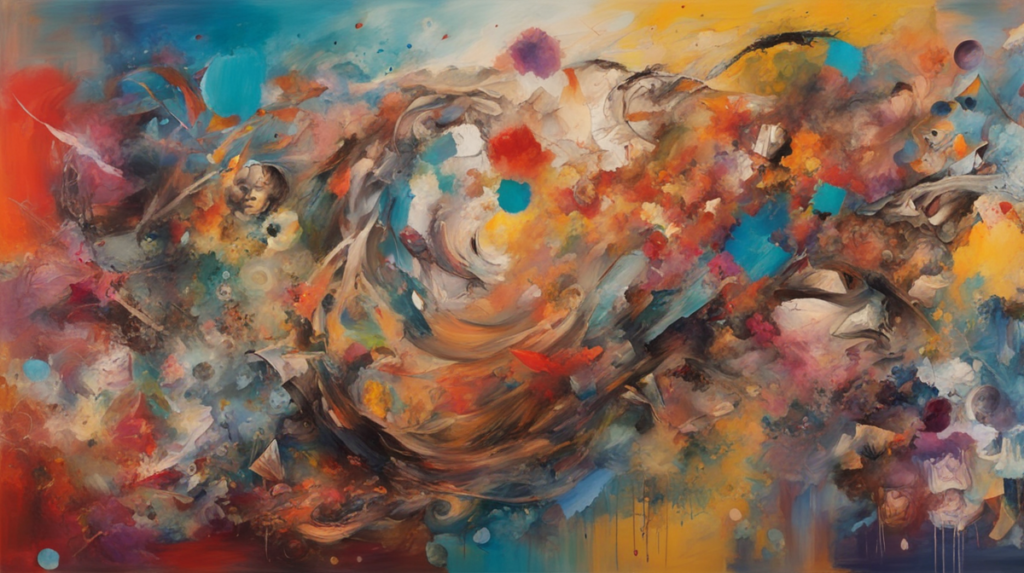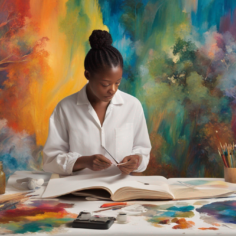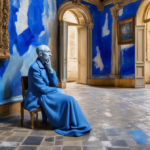
With an innovative combination of creativity, psychology, and healing, art therapy has emerged as a powerful therapeutic approach. This article delves into the world of art therapy techniques, offering insights on their healing potential and practical advice on their application.
Understanding Art Therapy
Art Therapy, a form of psychotherapy, uses visual arts and creative processes to improve a person’s physical, mental, and emotional well-being. It transcends age, culture, and ability, allowing individuals to express and understand emotions when words may fail.
How Art Therapy Works
Art therapy techniques can facilitate communication, foster self-esteem, and reduce stress, promoting holistic healing. Clients may explore their emotions, develop social skills, manage addictions, or reduce anxiety, all through their singular creative journey.
The Core Art Therapy Techniques
1. Free Painting and Drawing
Free painting and drawing involve unrestricted use of colors, strokes, and patterns, promoting emotional release and encouraging individuals to embrace their creative instincts. Recent studies have shown that this activity can significantly decrease symptoms of physical and emotional distress among patients with chronic diseases.
2. Sculpture
Creating sculptures enables reflection of deep-seated emotions and personal narratives, which may be hard to verbalize. This tactile experience often provides a new perspective, allowing one to handle and shape their thoughts in a tangible and creative form.
3. Collage Making
Combining images and materials from various sources into a new whole, the collage technique encourages individuals to explore personal experiences, memories, and future undreamed-of possibilities. It offers a healing and expressive journey, allowing self-exploration beyond language boundaries.
Art Therapy Controversies
While the effectiveness of art therapy is widely acknowledged, a lingering debate continues about whether it should be administered solely by professional art therapists or if other mental health professionals can utilize these techniques. Regardless, the emphasis remains on respect, sensitivity and client safety.
Conclusion
Art is more than just an aesthetic pursuit – it has the power to heal, transform, and inspire. Whether you’re a professional therapist, a patient seeking alternative healing, or someone seeking expressive outlets, understanding art therapy techniques can open new pathways towards heightened self-awareness, personal growth, and enhanced wellbeing.
Last modified: 18 January 2024
















